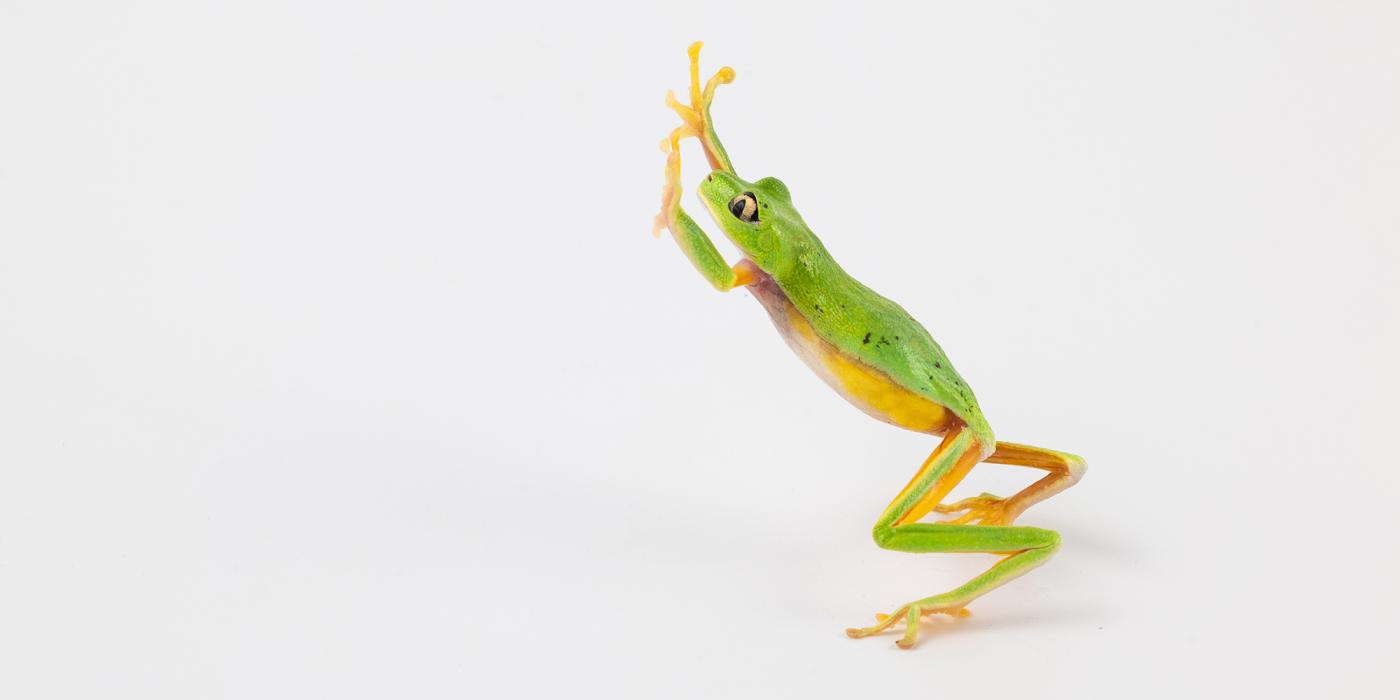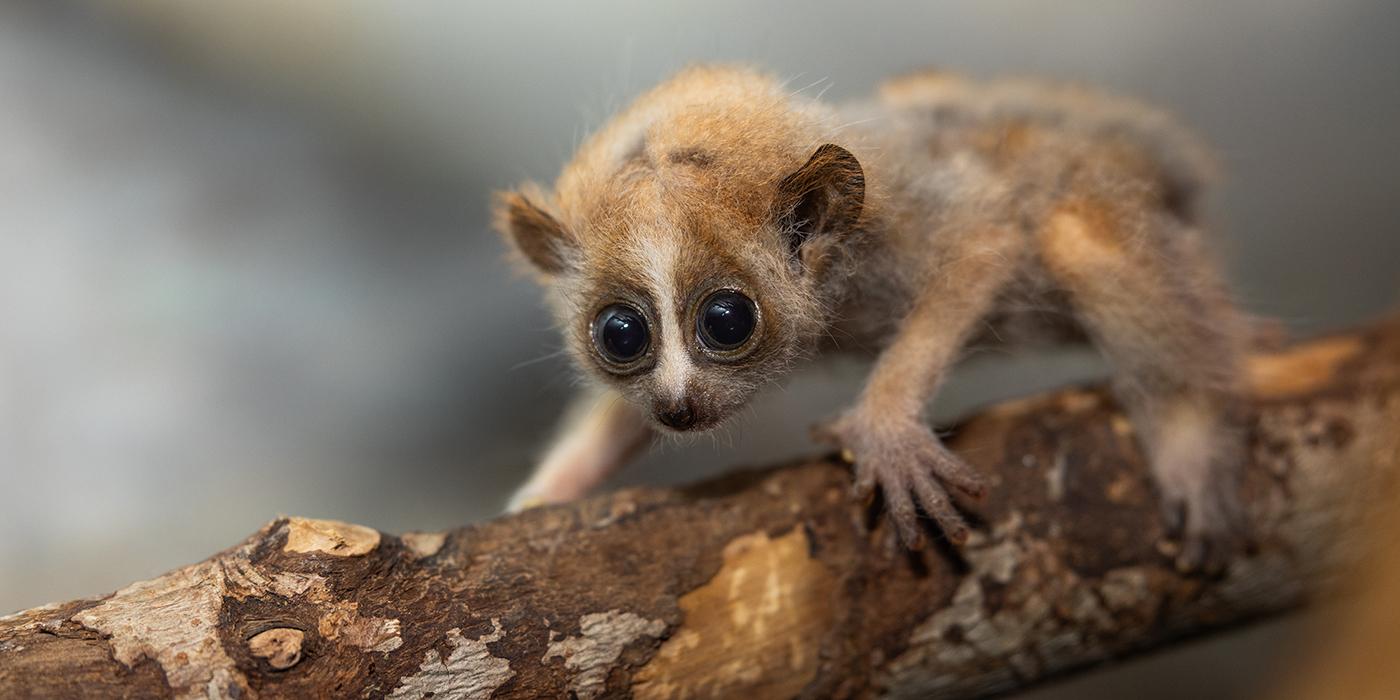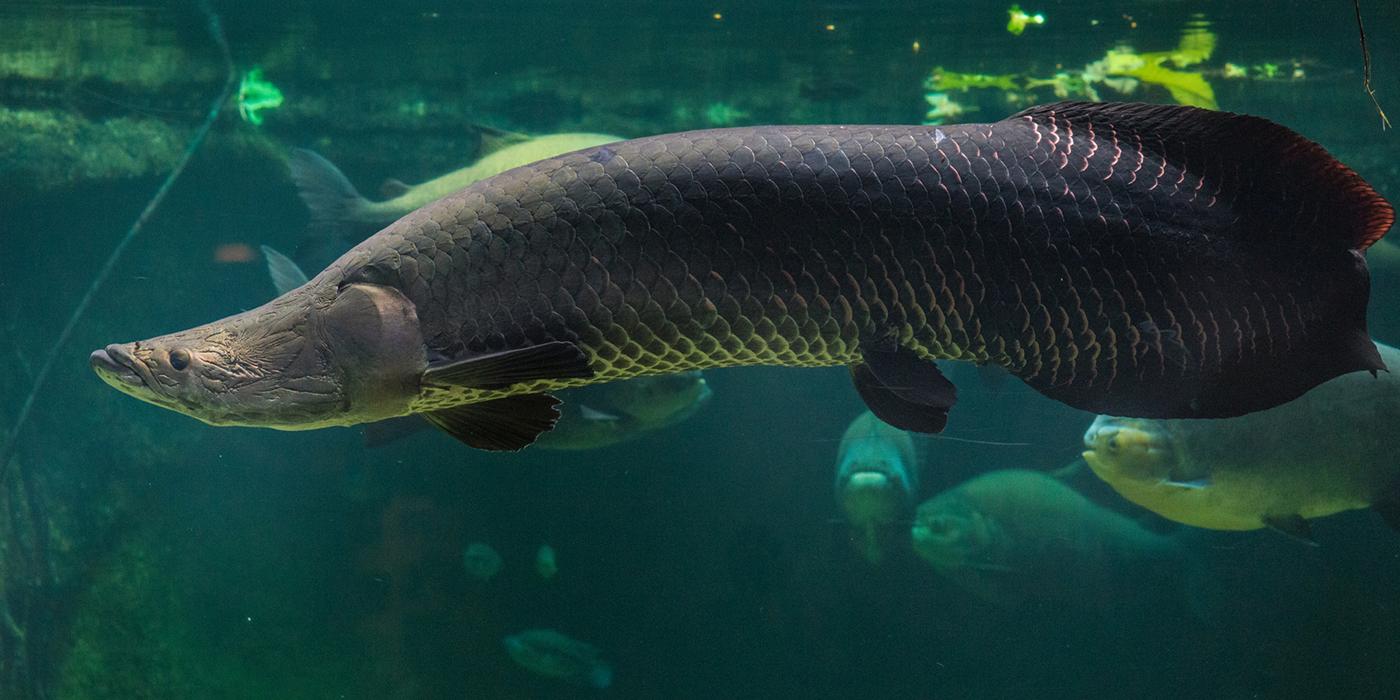New at the Zoo: Guinea Pigs
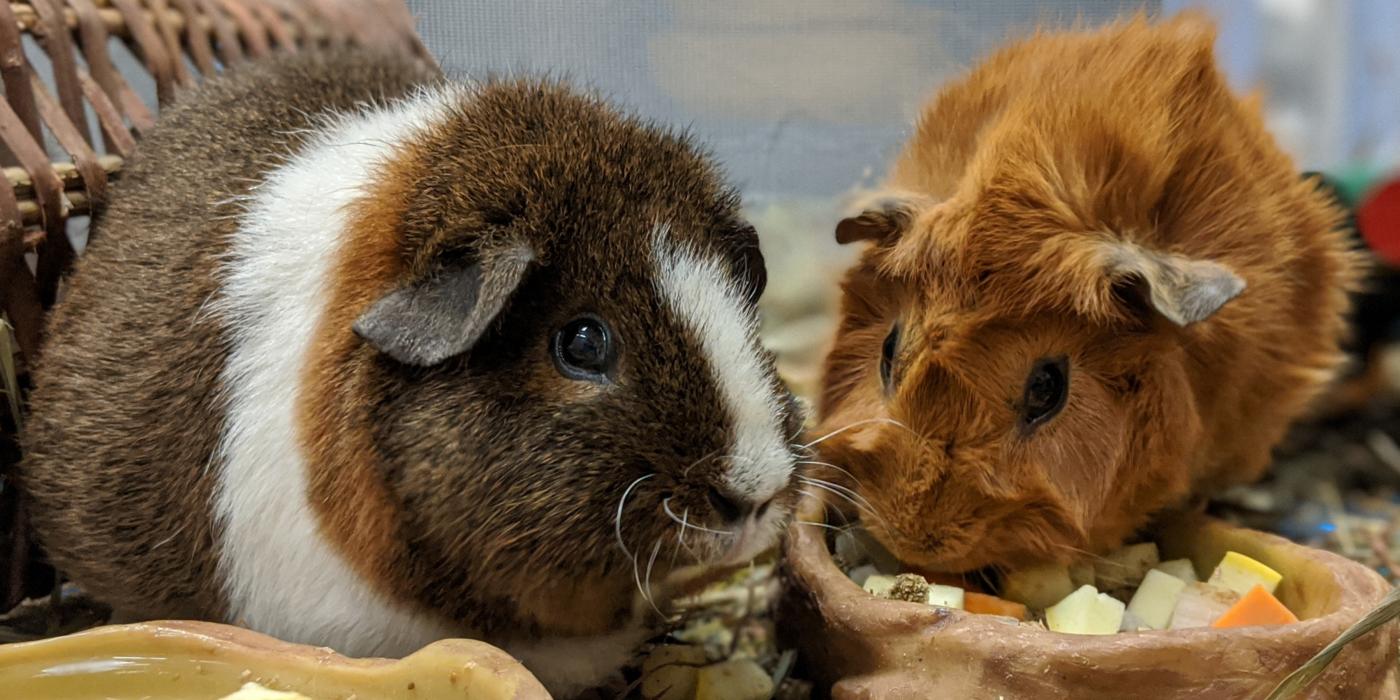
Inti is bold, Masi is chill and Sani is shy (unless there is food around). No, they aren’t the latest reality TV divas, but the newest residents at the Smithsonian’s National Zoo! An all-female herd of guinea pigs has moved in to their new digs in Amazonia. Get the scoop on the herd from animal keeper Christina Castiglione.
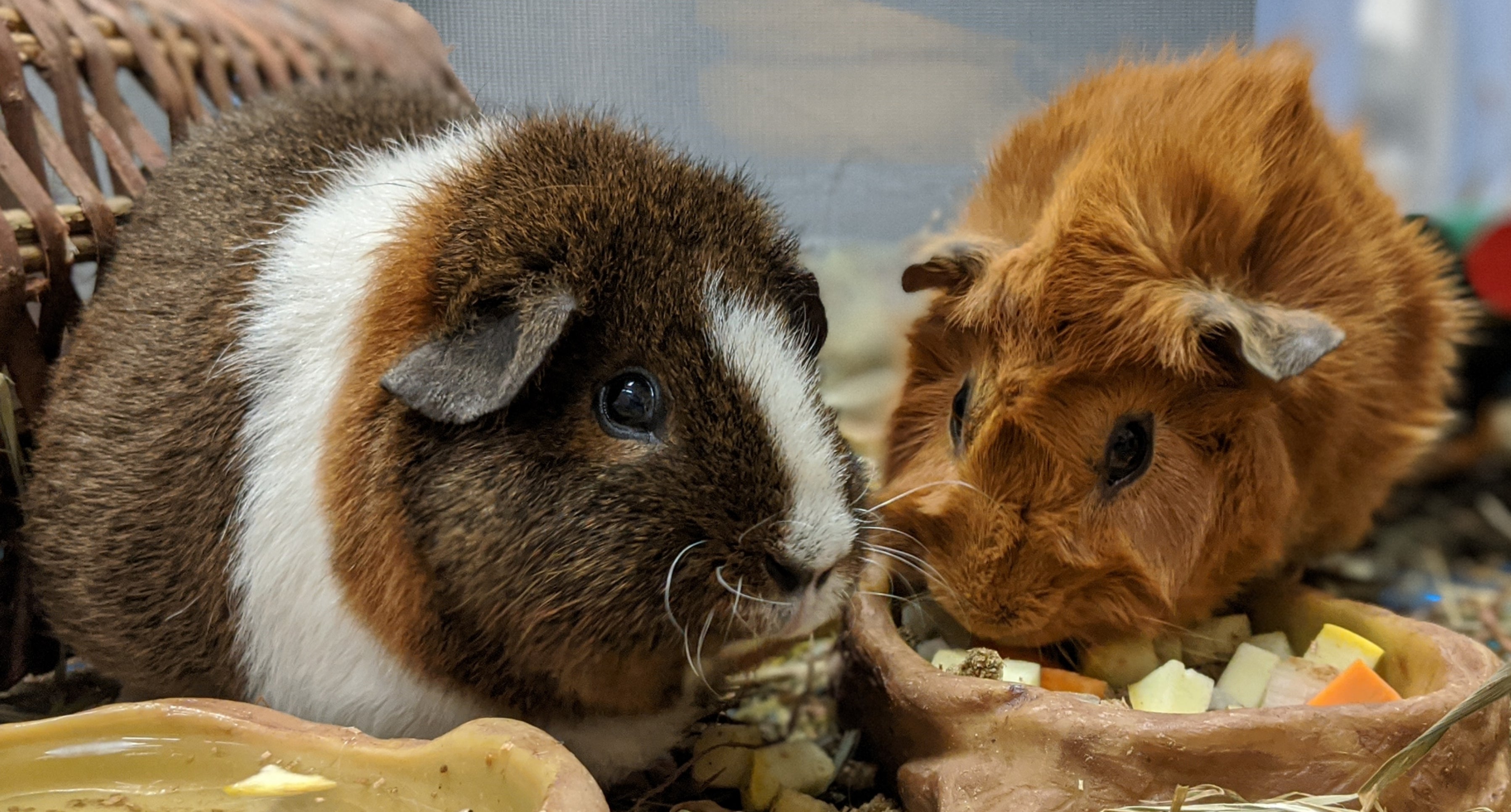
Why do guinea pigs belong in the Zoo?
Here in the United States, guinea pigs make wonderful family pets. Visitors may be surprised to learn that these adorable creatures also play an important role in many South American cultures! They are celebrated at festivals, given to couples as wedding gifts and raised as livestock. We hope that our guinea pigs here at the Zoo teach visitors something new about this species’ origins and open up discussions with our visitors about proper pet choice and care. Also, why wouldn’t they belong in a Zoo — they are just adorable and are amazing ambassadors! Although these animals are not found in the wild today, the montane guinea pig — a likely ancestor — still resides in the Andes in South America.
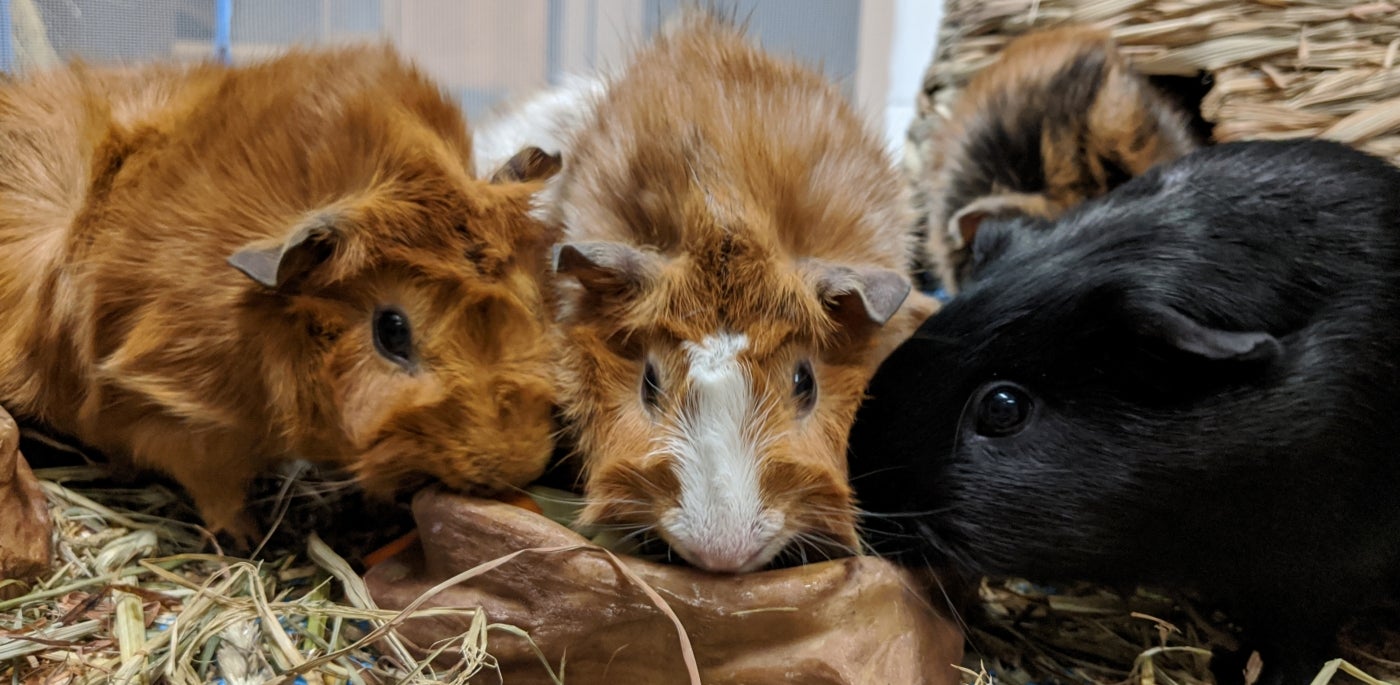
What are your favorite facts about guinea pigs?
Guinea pigs are almost always on the go! Only about four percent of a guinea pig’s day is spent sleeping. During the other 20 hours, they are wide awake. When they do sleep, it is only for about 6 minutes at a time before they are awake and on the move again.
The American Cavy Breeders Association currently recognizes 13 guinea pig breeds: Abyssinian, Abyssinian satin, America, American satin, Coronet, Peruvian, Peruvian satin, silkie, silkie satin, teddy, teddy satin, texel and white-crested.
The Abyssinian breed is known for their “rosettes,” which are cowlicks that grow from the coat. If shown in competition, judges look for 10 rosettes — four on the saddle (side), two on the shoulder, two on the hip and two on the rump.
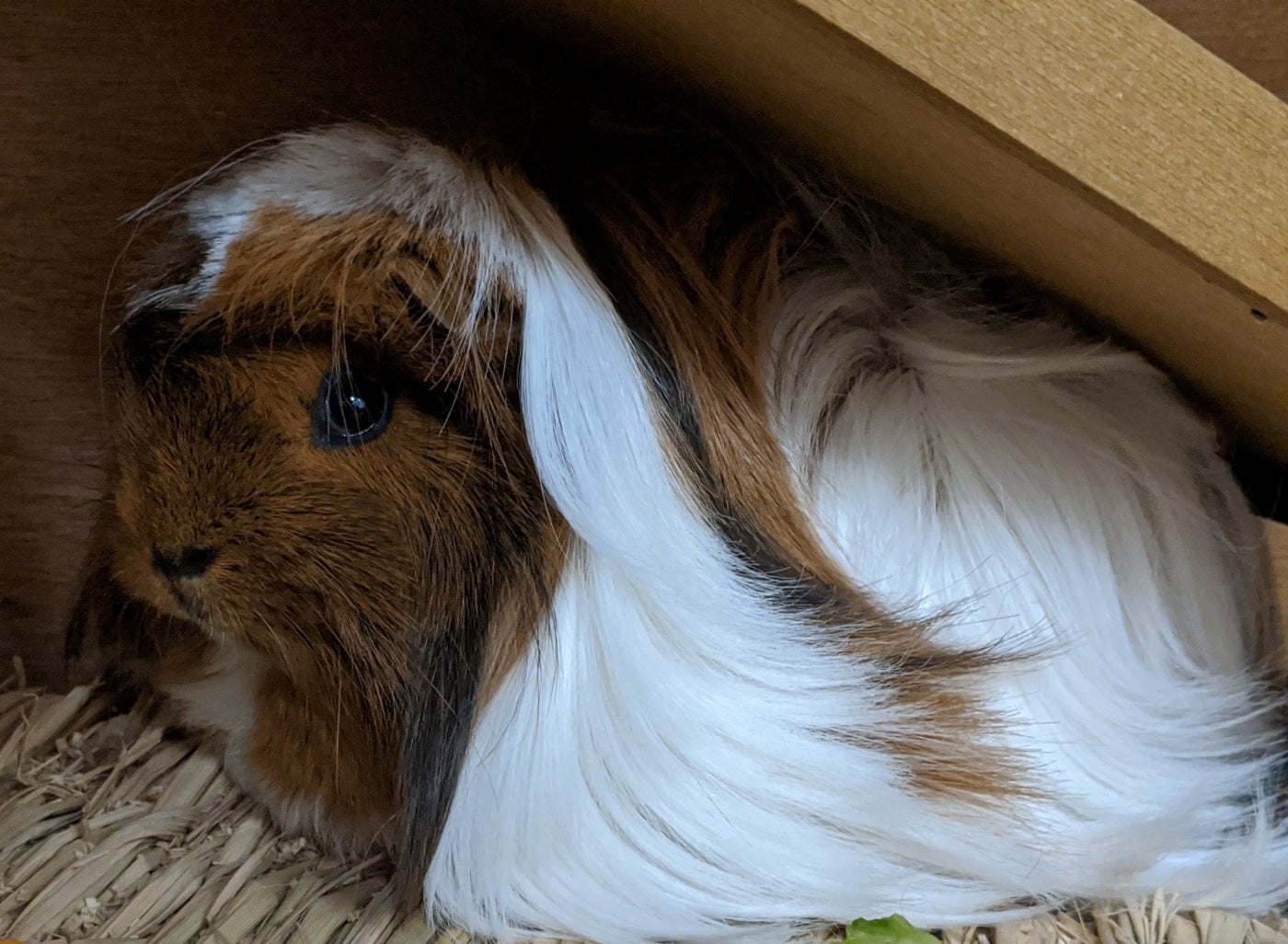
What are our guinea pigs’ names, and what do they mean?
Our teddy guinea pig is named Imilla, which means “girl” in the Aymara language.
Peruvian guinea pig Masi’s name is also Aymaran and means “friend.”
All of the others have names of Quechan origin: Inti’s name means “sun;” her sister Sinchi’s name means “brave;” their half-sister Miski’s name means “sweet” or “good;” Sani’s name means “brown;” and Tuta’s name means “night.”
Inti, Sinchi and Miski are Abyssinian guinea pigs, Sani is Peruvian and Tuta is American.
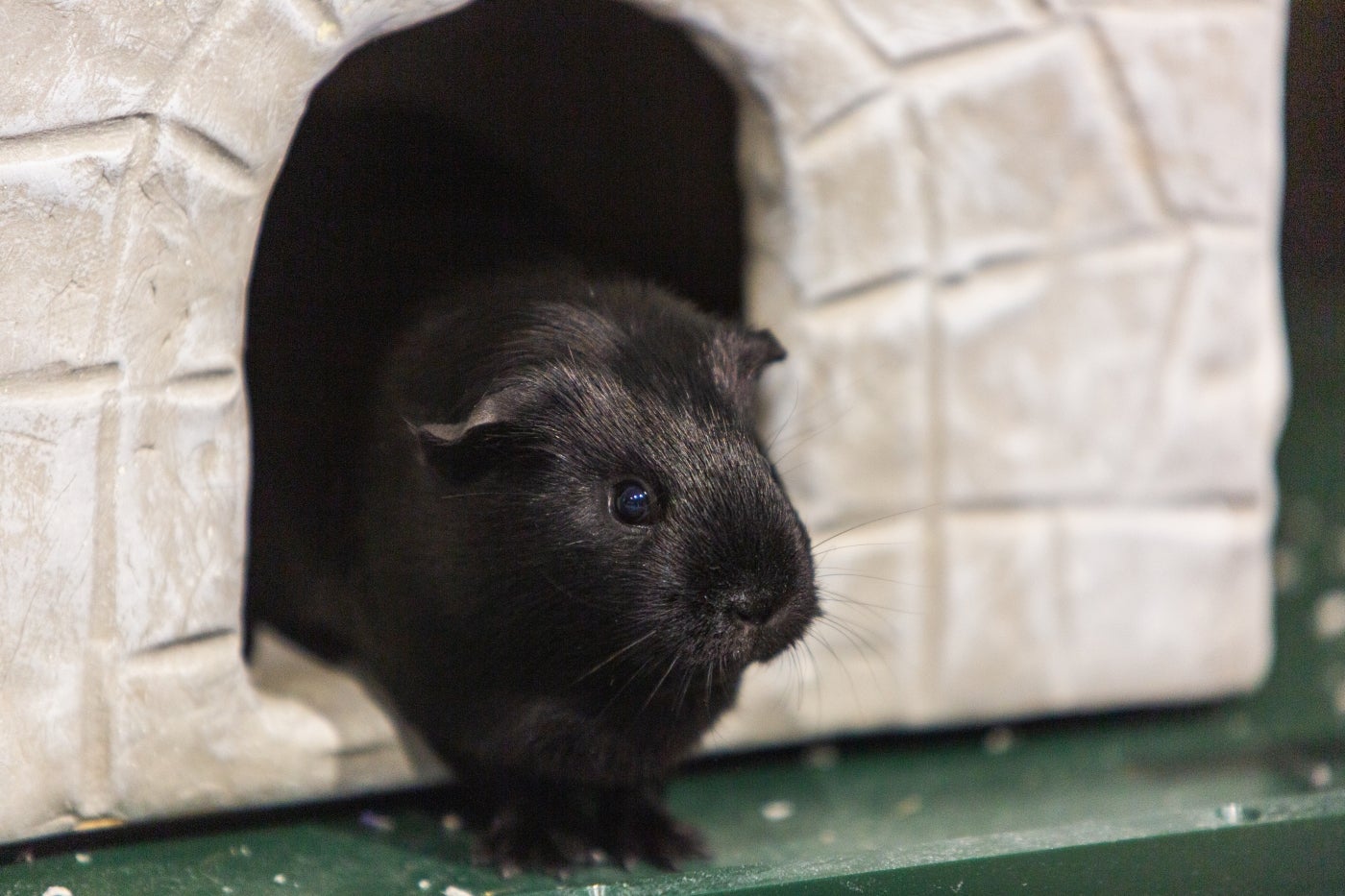
How do you tell them apart?
Each of our guinea pigs has quite a distinctive look! Tuta has short, jet-black fur. Sinchi also has black fur on her nose and rump, as well as swirled white and brown fur.
Inti and Miski both sport a swirl pattern on their fur as well. Inti’s fur is a mix of light brown and white, while Miski’s is all light brown.
Imilla has short, mostly brown fur save for a white stripe down her nose and around her shoulders.
Our two long-haired guinea pigs, Masi and Sani, both have brown fur on their faces, but Masi has long, white hair on her body whereas Sani’s body fur is light and darn brown. Peruvian guinea pigs’ hair grows at the rate of about one inch per month!
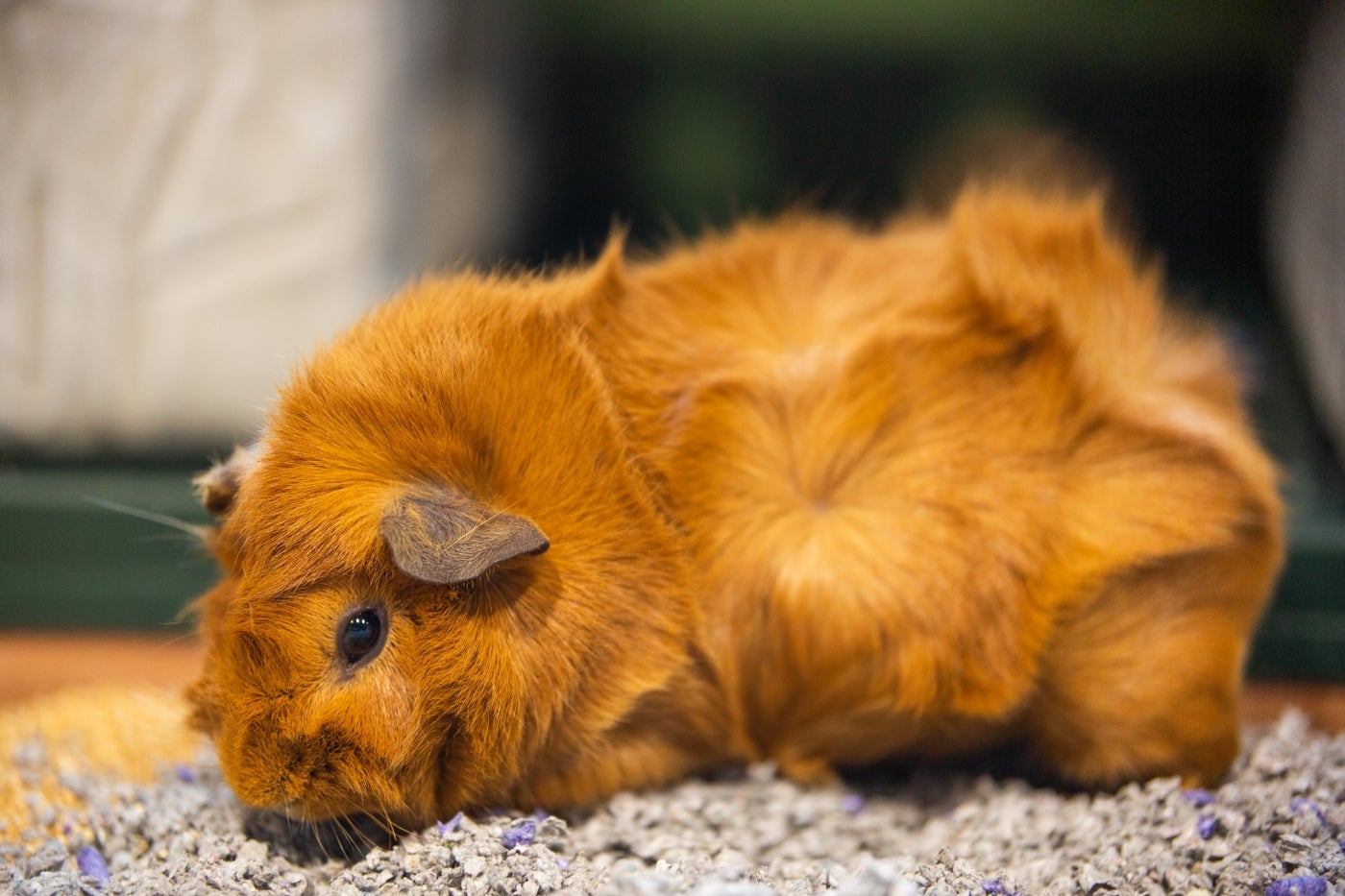
What are their personalities like?
They all have unique personalities, but three of them really stand out. Inti seems to be the bravest of the group, as she was the first to come over and eat from my hand. Masi has a calm and laid-back personality. Sani appears to be a bit shy, but will join the group when they are eating.
How old are they?
All of the guinea pigs were born July 2019. Inti and Sinchi are sisters, and they were born July 7. They share a birthday with Imilla and Tuta, but they are not related to one another. Our second set of half-sisters, Masi and Sani, were born July 12. They have the same father, but different mothers. Miski has the same father as Inti and Sinchi but is 18 days younger. She was born July 25.

What are their favorite foods?
On any given day, we offer our guinea pigs a variety of veggies, including squash, carrots, corn on the cob, broccoli, green peppers, eggplant and green beans. Lettuce is their favorite! They also receive pellets, which are a good source of vitamin C.
Another fun fact about guinea pigs is that they also eat their own poop! This behavior is called coprophagy and is a way for guinea pigs (and some other species in the cavy family) to “recycle” nutrients, including minerals and vitamins B and K.
Got any tips for spotting them?
All of the guinea pigs are acclimating well to their new home and are typically easy to spot. They are most active when we feed them, which takes place several times throughout the day. Imilla and Tuta seem to enjoy running through all of the houses on the upper level of their habitat. Visitors looking for Sani should peek in the nooks of the exhibit — her favorite hiding spot is under the ramps.
This story appears in the February 2020 issue of National Zoo News. Planning to visit the guinea pigs? Don’t miss keeper talks and animal encounters taking place throughout the day. Check out the Daily Programs schedule for a times guide.
Related Species:

